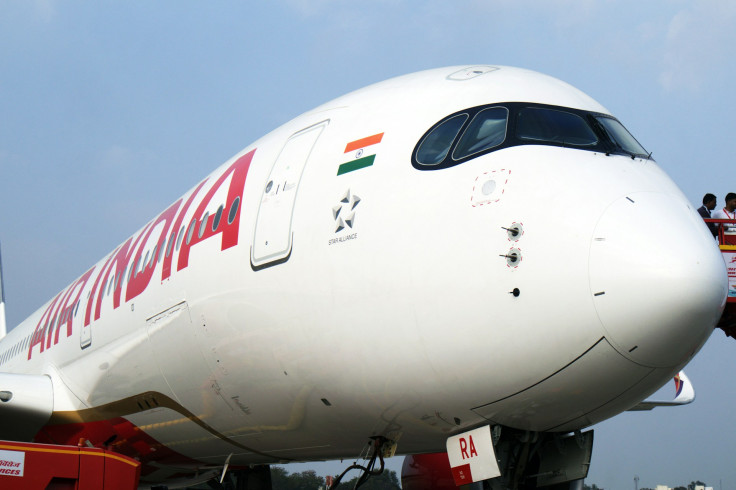Black Box Air India Investigation Update: What The Flight Recorder Tells Us
Recovered flight recorders may reveal causes of the Ahmedabad disaster, shedding light on technical or human errors

The recent crash of Air India Flight AI171 outside Ahmedabad has sent shockwaves through the aviation world, with questions about what caused the tragic event still unanswered.
The recovery and analysis of the aircraft's black boxes may finally shed light on the true sequence of events. But what exactly is a black box, and how could it hold the secret to solving this deadly mystery?
Understanding the Black Box
Contrary to popular belief, the term black box is a misnomer. A plane's 'black box,' more accurately called a flight recorder, is actually painted bright orange to aid in its recovery after a crash. It's not a single box, but two main components: a Cockpit Voice Recorder (CVR) and a Flight Data Recorder (FDR). These vital flight recorders are painted in bright orange to make them easier to locate amidst wreckage, especially in disaster scenarios involving water or debris. Housed in robust, crash-resistant cases made of materials like titanium, they are designed to survive extreme conditions such as high temperatures and crushing pressures.
Typically mounted in the tail of the aircraft, black boxes contain two main devices: the flight data recorder (FDR) and the cockpit voice recorder (CVR). The FDR logs hundreds of flight parameters continuously, including speed, altitude, control inputs, and heading. The CVR captures sounds from the cockpit, such as pilot conversations, alarms, and background noises, usually on a two-hour loop.
Both devices rely on the aircraft's electrical system for power, but they are equipped with backup batteries to continue recording in case of electrical failure. Once recovered, their data is downloaded and analysed to piece together what happened during the flight's final moments.
The Recovery and Significance of the Black Boxes
Following the crash on 12 June, investigators located the black boxes within days. One was found on the rooftop of a building at the crash site on 13 June, and the other was recovered from the debris field on 16 June. The protection modules of these devices were carefully retrieved, and the data contained within was accessed in Delhi by a team led by India's Aircraft Accident Investigation Bureau, with assistance from the U.S. National Transportation Safety Board.
The immediate priority was to extract the recorded information. The data from the black boxes will reveal critical details, such as engine performance, control inputs, and crew communications. This information is essential in establishing whether technical failure, human error, or other factors caused the crash.
@independent India’s authorities have successfully recovered the first data from the two black boxes of the Air India flight that crashed outside Ahmedabad airport earlier this month. India's civil aviation ministry said on Thursday that investigators are working to piece together what led to the crash, which killed all but one of the 242 people on board the plane as well as at least 19 people on the ground. According to the ministry, data extraction from the aircraft’s black boxes began on 24 June under the supervision of the Aircraft Accident Investigation Bureau (AAIB). The crash-protected memory unit from the front recorder has been successfully retrieved, accessed, and its data downloaded. #AirIndia #planecrash #blackbox #Ahmedabad
♬ original sound - Independent - Independent
What Might the Black Box Data Reveal?
Preliminary reports suggest several potential causes for the accident. One theory involves the Boeing Dreamliner's emergency power generator, the ram air turbine (RAT), which was reportedly operating at the time of the crash. If engine failure occurred during takeoff, the RAT could have played a role in the aircraft's loss of control.
Other possibilities include issues with wing flaps not deploying correctly, which is especially critical in the high temperatures experienced during that day's 40C weather.
© Copyright IBTimes 2025. All rights reserved.



















